On August 19, 2025, within the walls of Poltava Polytechnic (Room 318-C), participants did not just discuss anxiety. Still, they learned to understand, accept, and transform it through the language of art during the art therapy session “On the Path from Anxiety to Resources”. This session was a logical continuation of the project's previous meetings, particularly the neurographics session. However, this time the focus shifted from general life management to specific work with one of the most common consequences of traumatic experiences.
This meeting was designed to support internally displaced persons, the family members of servicemen, and others affected by the war. It was a continuation of a series of events within the large-scale international Erasmus+ KA220-ADU project “TRUST” – Trauma of refugees in Europe: An approach through art therapy as a solidarity program for Ukraine war victims (Grant No. 2024-BE01-KA220-ADU-000257527).
The project title is decoded as follows:
TRUST
T – Trauma
R – Refugees
U – Ukraine
S – Solidarity
T – Therapy
The project is co-funded by the EU and led by the Centre Neuro Psychiatrique St-Martin from Belgium, in partnership with the National University “Yuri Kondratyuk Poltava Polytechnic” (Ukraine), Greek Carers Network EPIONI (Greece), Fondazione Don Luigi Di Liegro (Italy), Lekama Foundation (Luxembourg), EuroPlural Project (Portugal).
The moderators of this art therapy session were Lesia Klevaka, Ph.D. in Pedagogy, Acting Head of the Department of Psychology and Pedagogy, Associate Professor; Maryna Teslenko, Ph.D. in Pedagogy, Associate Professor of the Department of Psychology and Pedagogy; Viktoriia Shevchuk, Ph.D. in Psychology, Associate Professor of the Department of Psychology and Pedagogy; and Olena Kryvenko, Assistant Lecturer of the Department of Psychology and Pedagogy, Practical Psychologist of Poltava Polytechnic.
Under the careful guidance of our team of psychologists, the participants gained key knowledge about the nature of anxiety. The trainers explained in simple and accessible language what anxiety is, how it manifests in the body and behaviour, and what triggers it. This block had a powerful therapeutic effect, helping session participants normalise and destigmatise their states, and making them understand that their reactions were a normal response to abnormal circumstances. As one of the trainers noted: “Anxiety is not an enemy, but a signal. It is our inner guard trying to protect us. If we learn to listen to it carefully, it will become a tool, not a burden”.
After the theoretical part, practical work began in earnest. The first exercise, “Unhooking from the Grip of Negative Thoughts”, was based on the principles of cognitive-behavioural therapy. Intrusive, anxious thoughts often act like hooks that catch our consciousness and drag us into a vortex of negative experiences. Using audiovisual techniques and guided meditation, participants learned to observe their thoughts from the side, without getting immersed in them, and to mentally “release” them, like clouds floating across the sky. For many, this was a real relief. “I remembered how long it had been since I could just exhale without replaying the worst-case scenarios in my head”, – shared one of the women. This exercise provided a rare sense of mental space and silence amidst the war conditions.
The culmination of the meeting was the creative exercise “Flower of Resources”, which combined elements of art therapy and positive psychology. Each participant was tasked with drawing a flower where each petal symbolised a personal resource – something that gives strength to live and move forward. The petals were different: one represented external support (specific people, organisations, safe places), another represented internal strength (faith, warm memories, past achievements), and a third represented dreams and inspiration (what gives energy to get out of bed in the morning). The drawing process became a meditative act of visualising one's own resilience. Each flower turned out to be unique, filled with deep personal meanings.
At the end of the meeting, in a circle of trust, each person shared which petal was the most important to them. This symbolic act became a powerful therapeutic metaphor: we always have resources, even when we stop noticing them due to fatigue and anxiety. Art therapy helped to make them visible, tangible, and real. “I realised that I don't have to be strong all the time. Sometimes it's enough to stop, breathe, and remember how much I already have to support myself”, – shared one of the participants.
This session became another proof that art is a language that heals the soul. And support is not always advice or action; sometimes it is hidden in joint drawing, the calm voice of the facilitator, and an eloquent petal on paper.
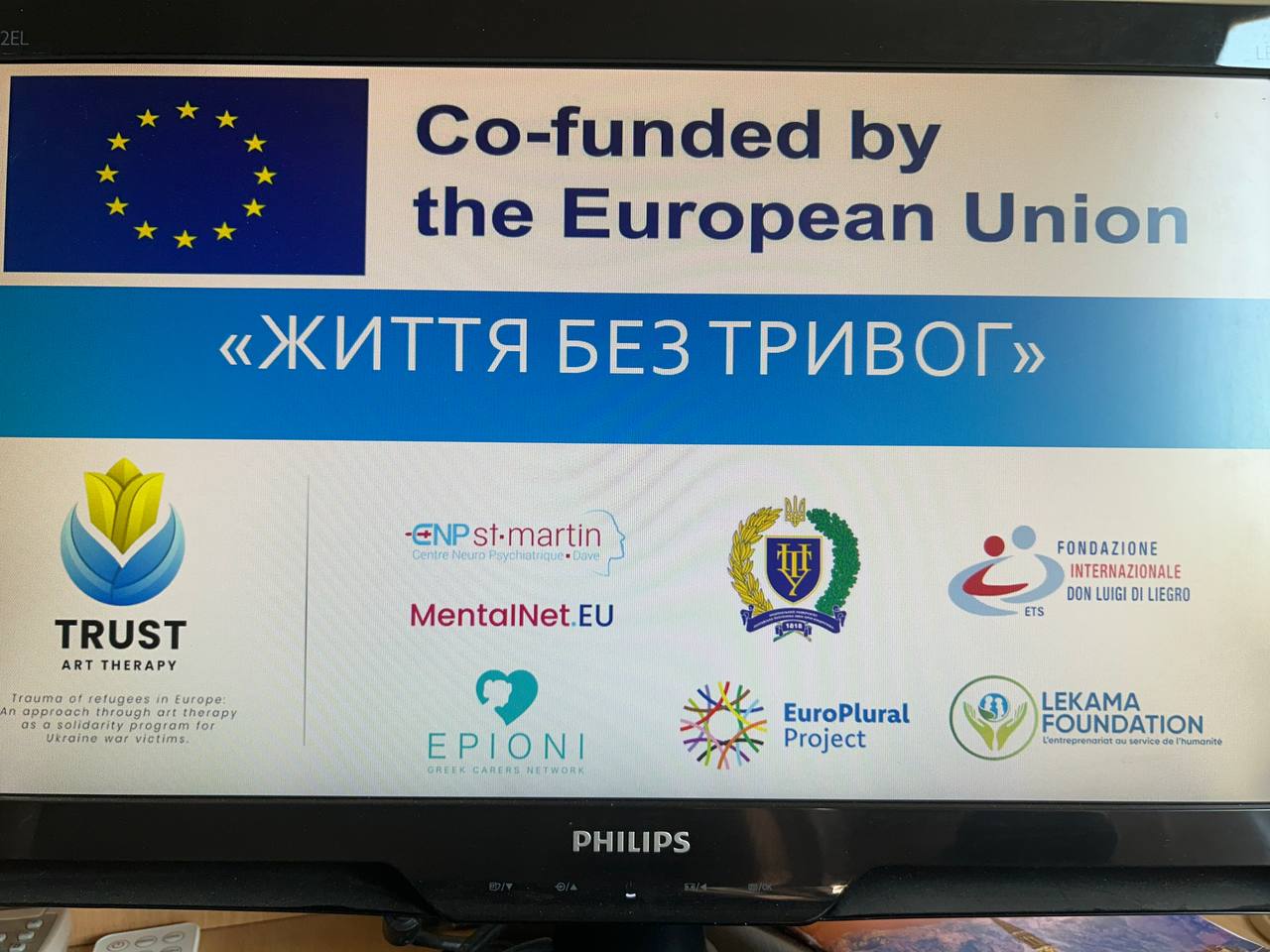
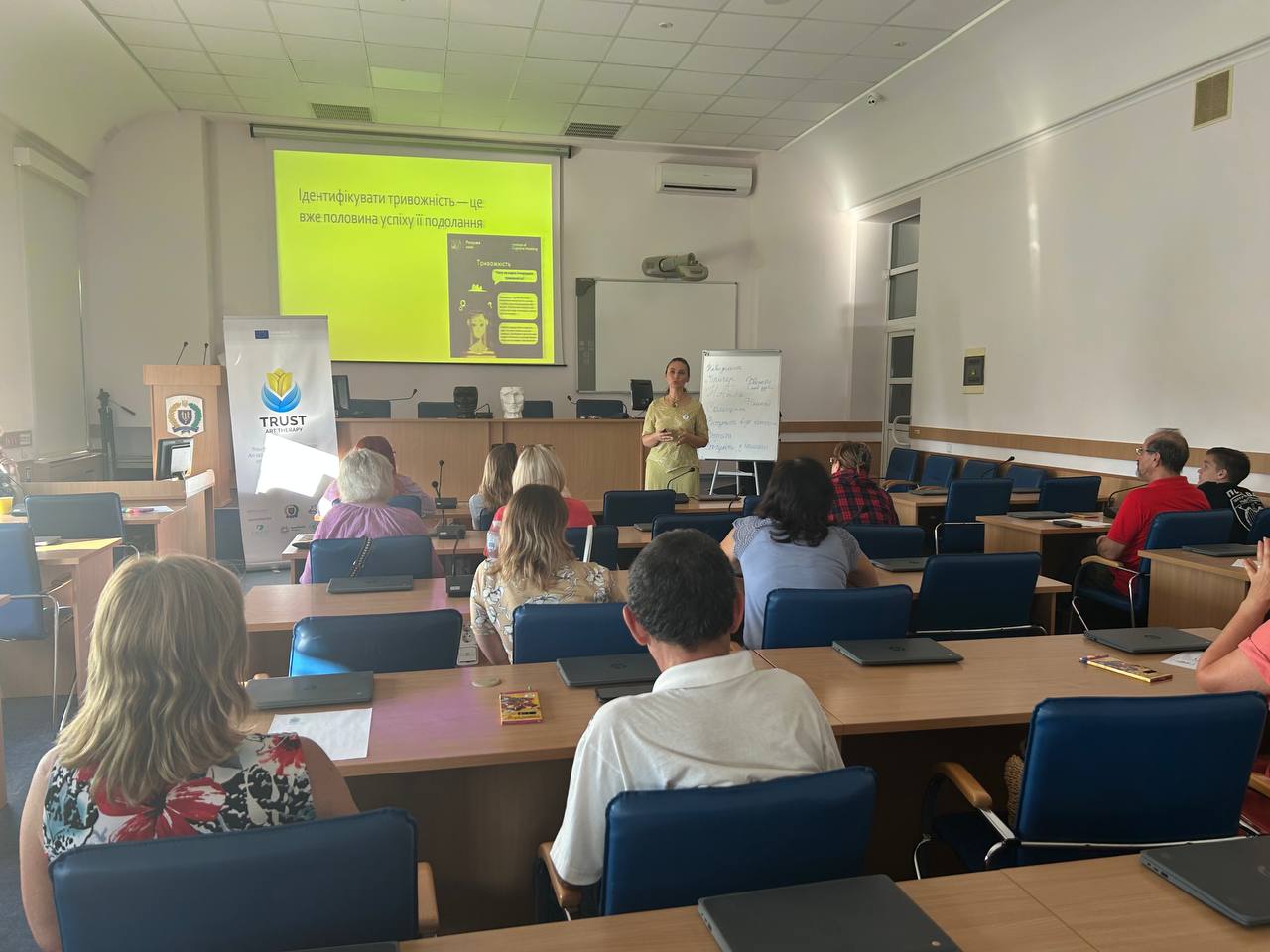
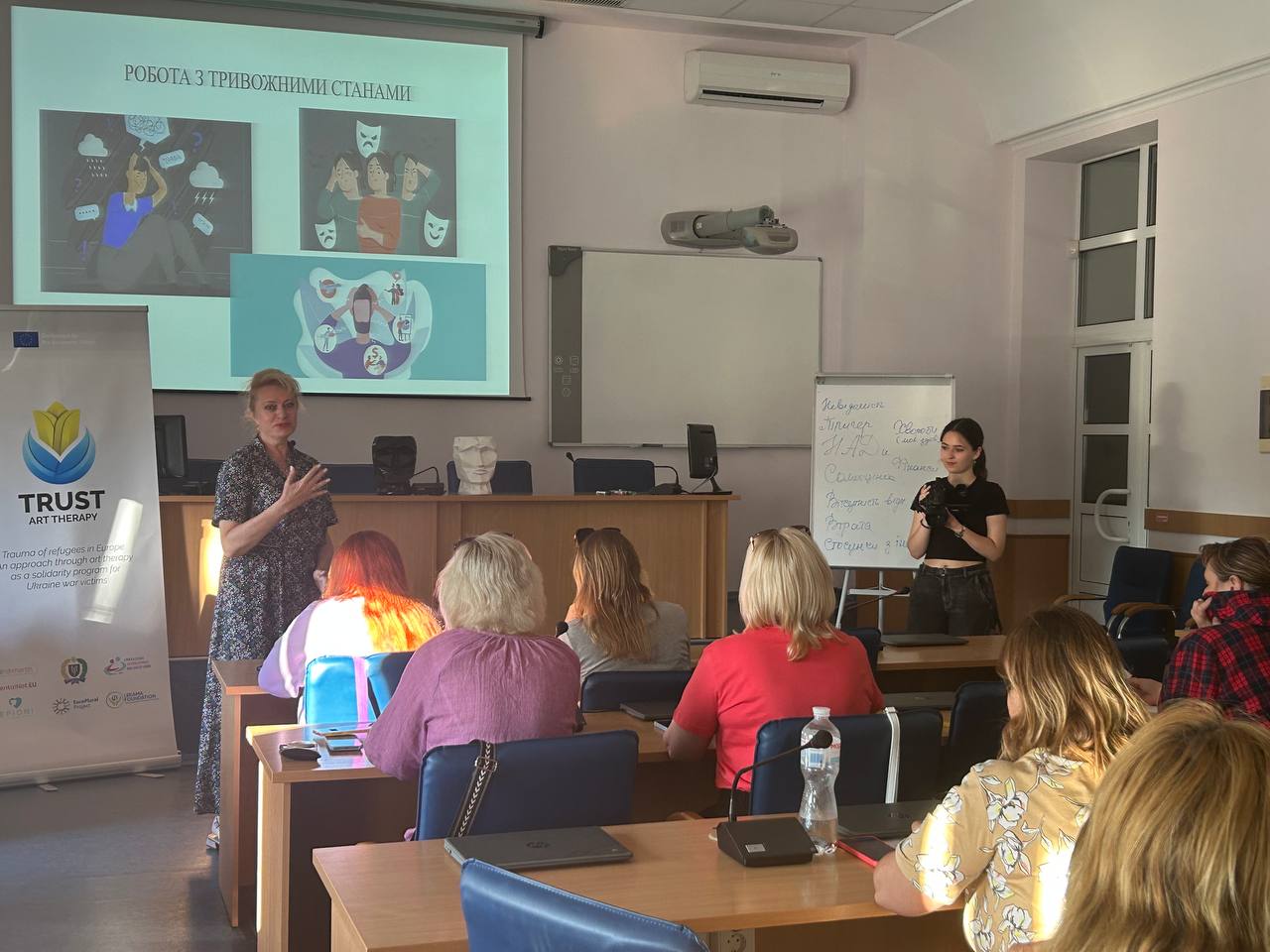
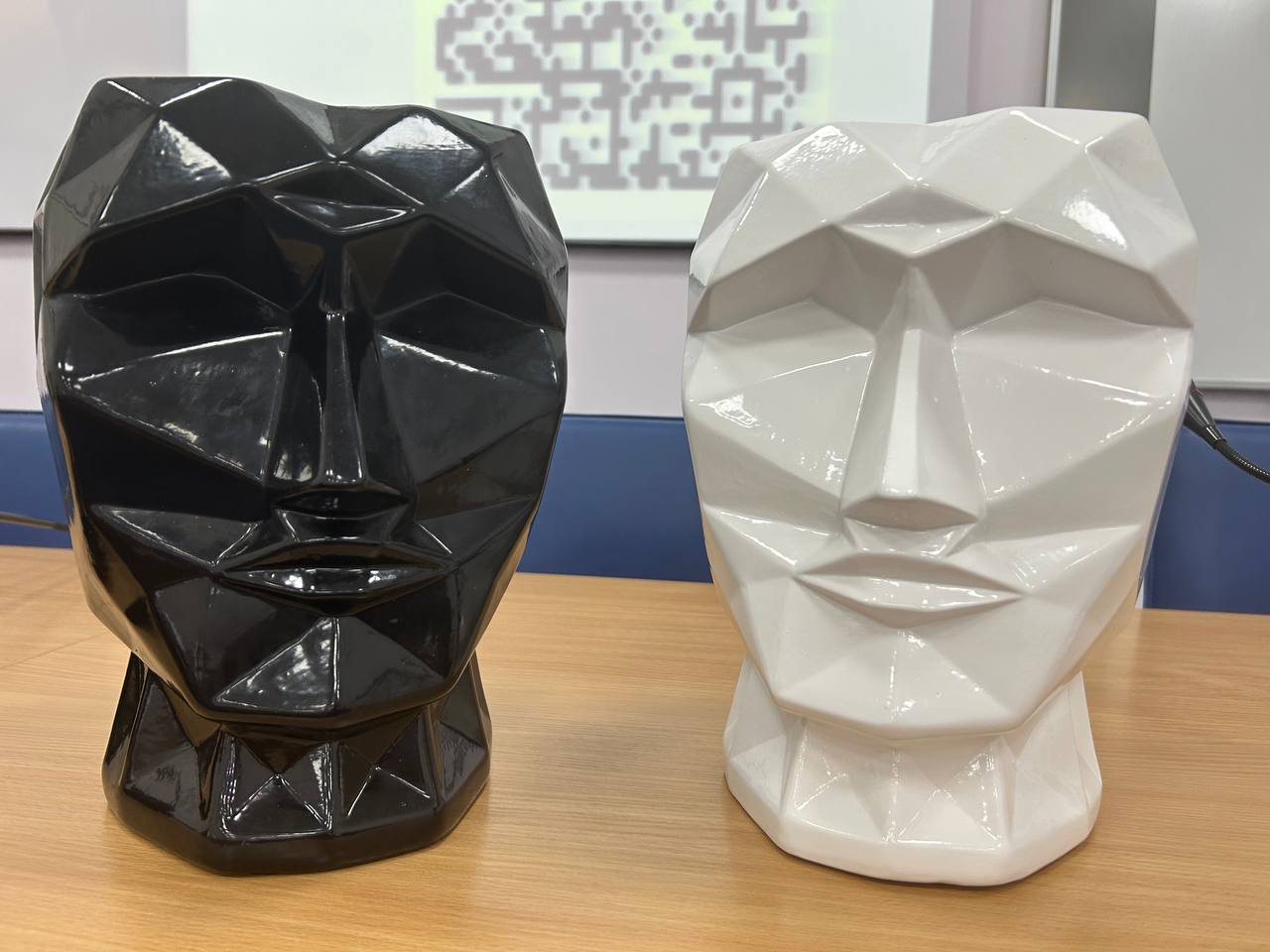
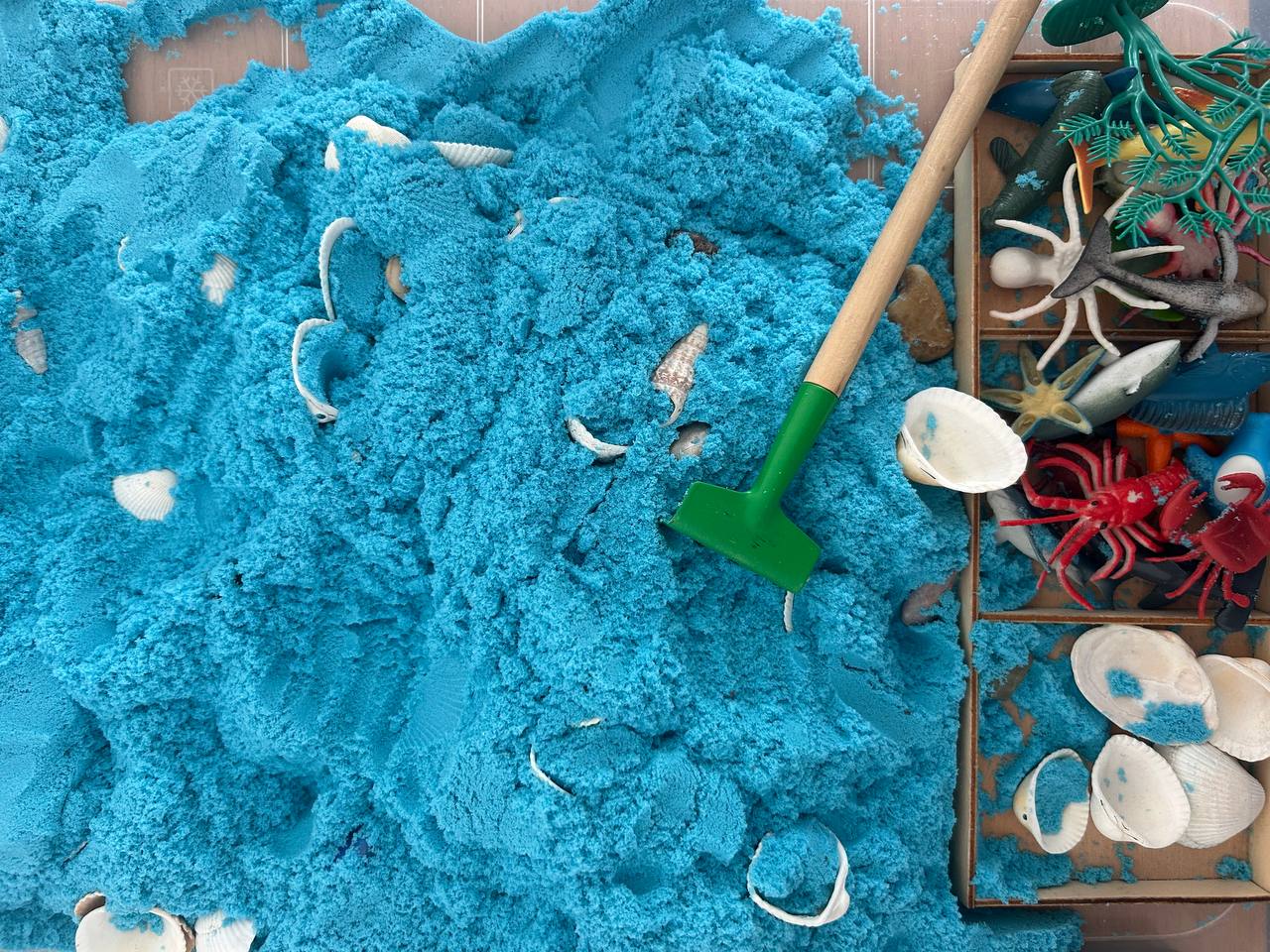
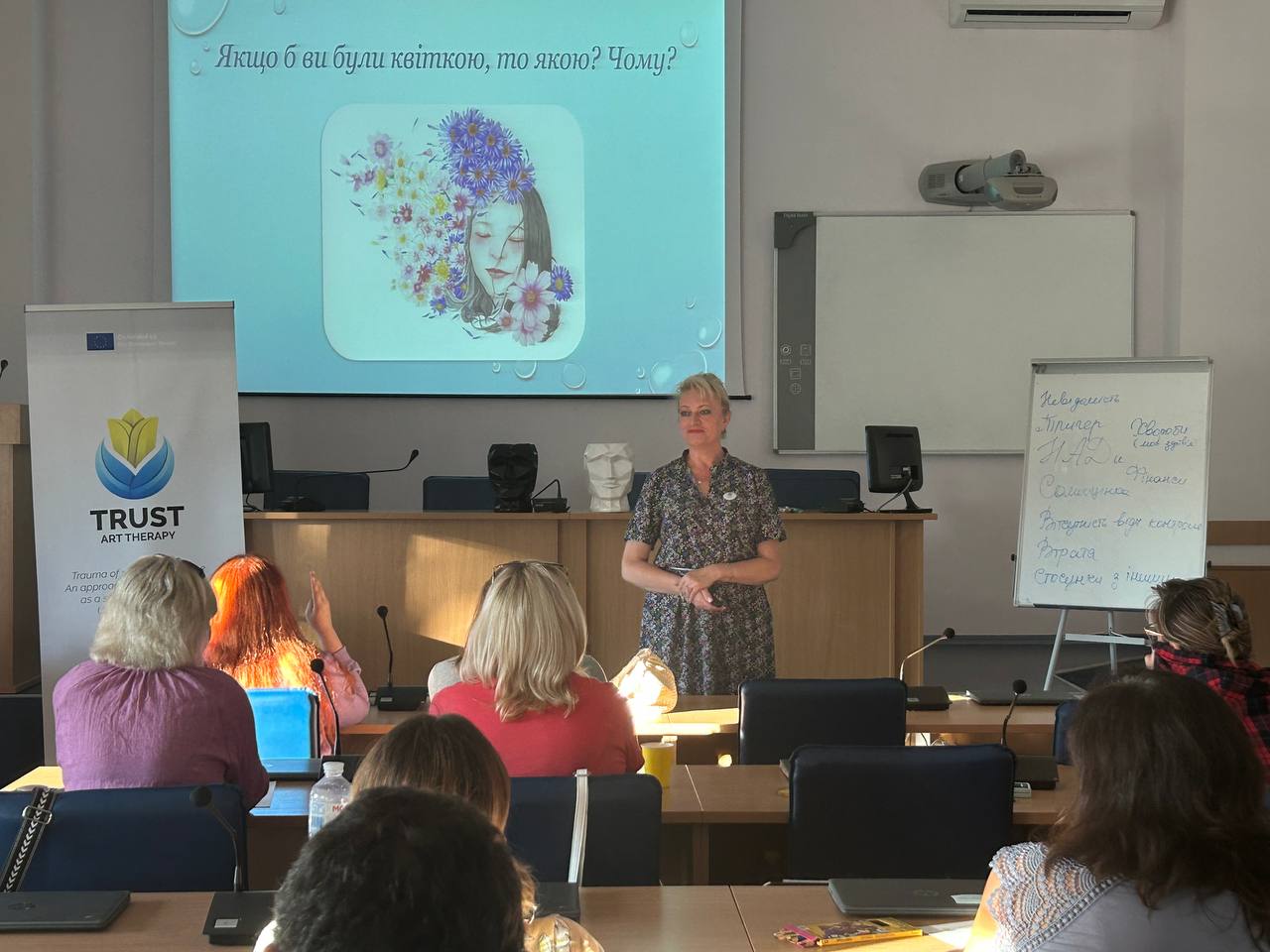
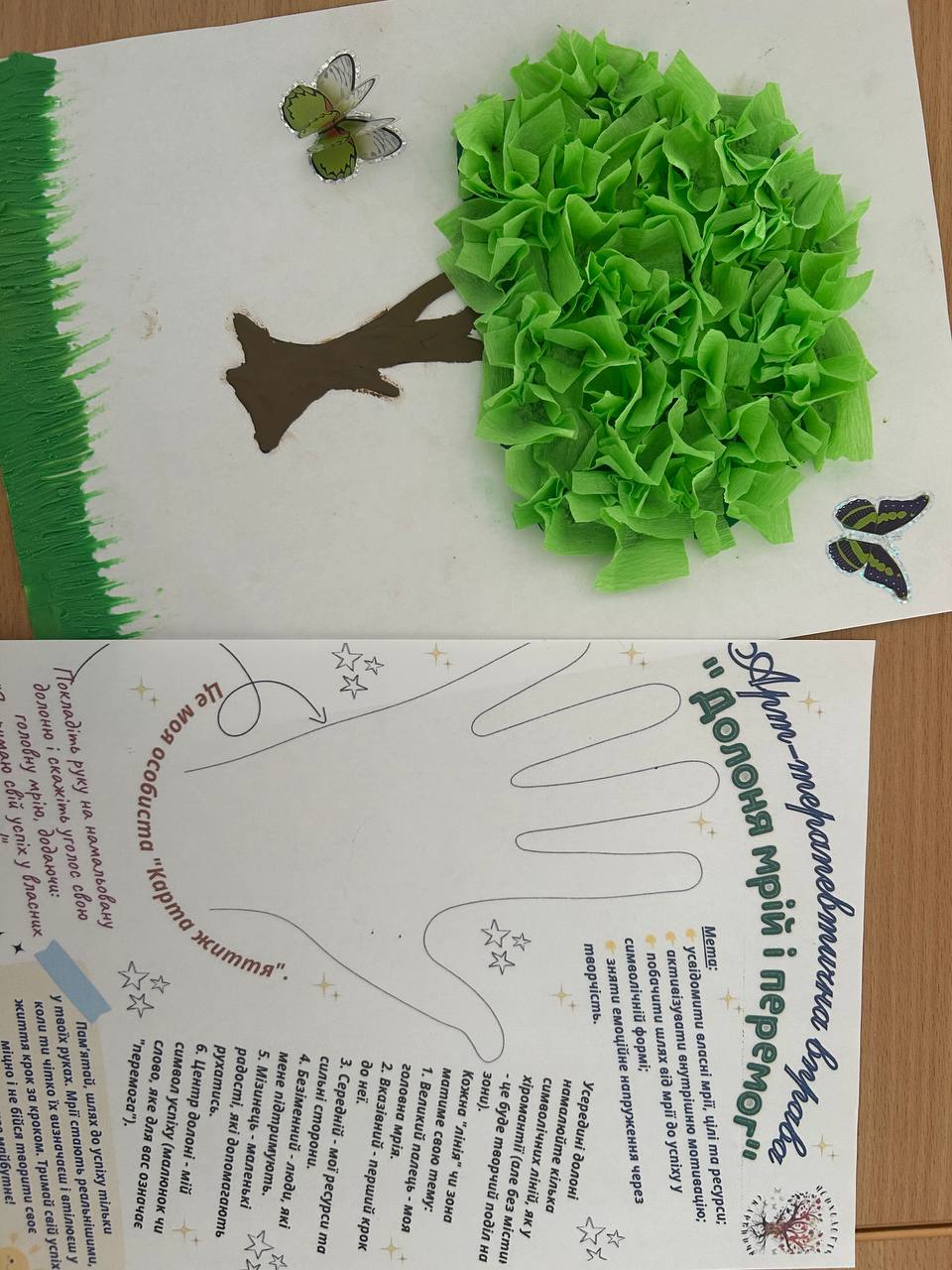

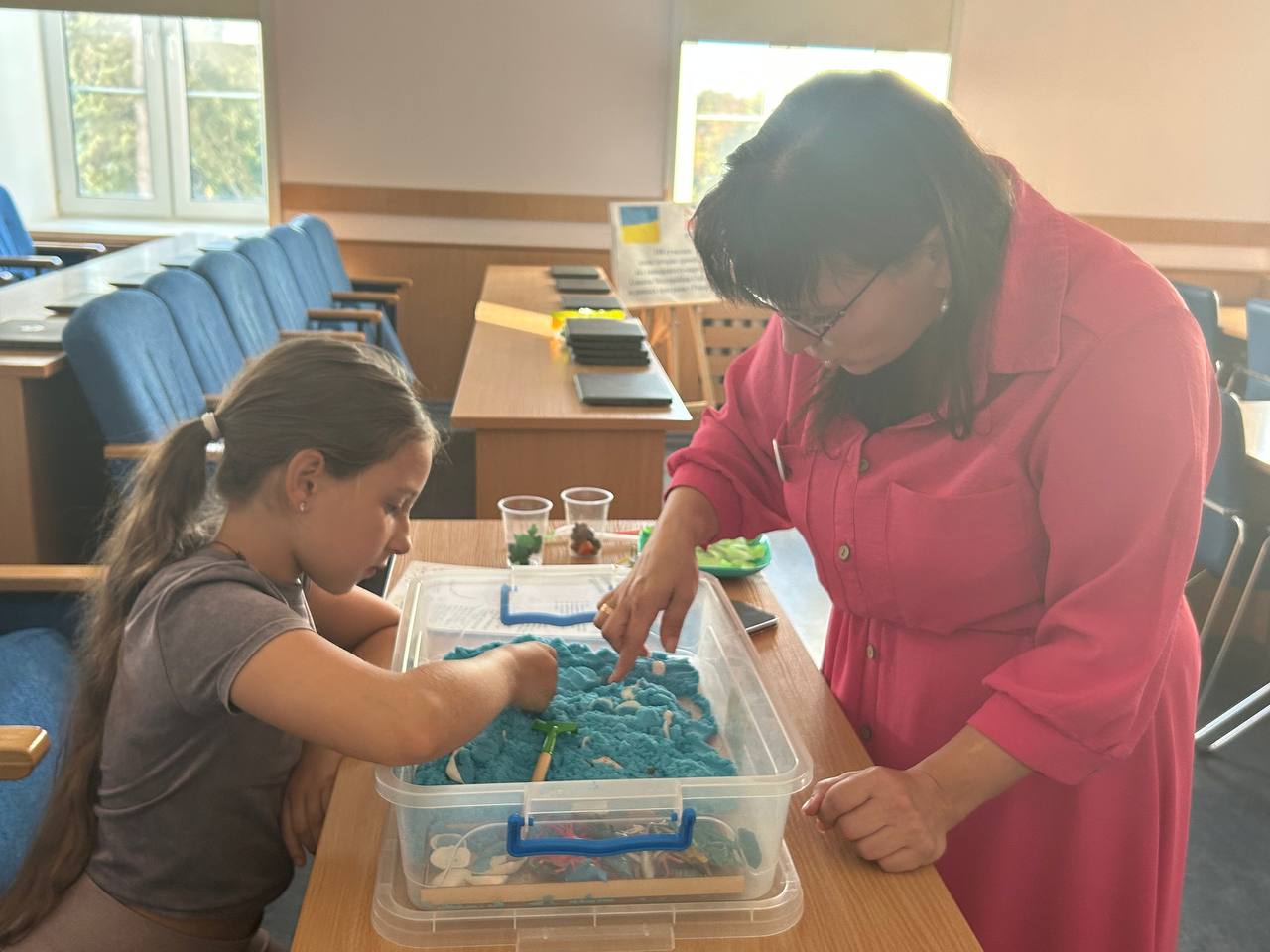
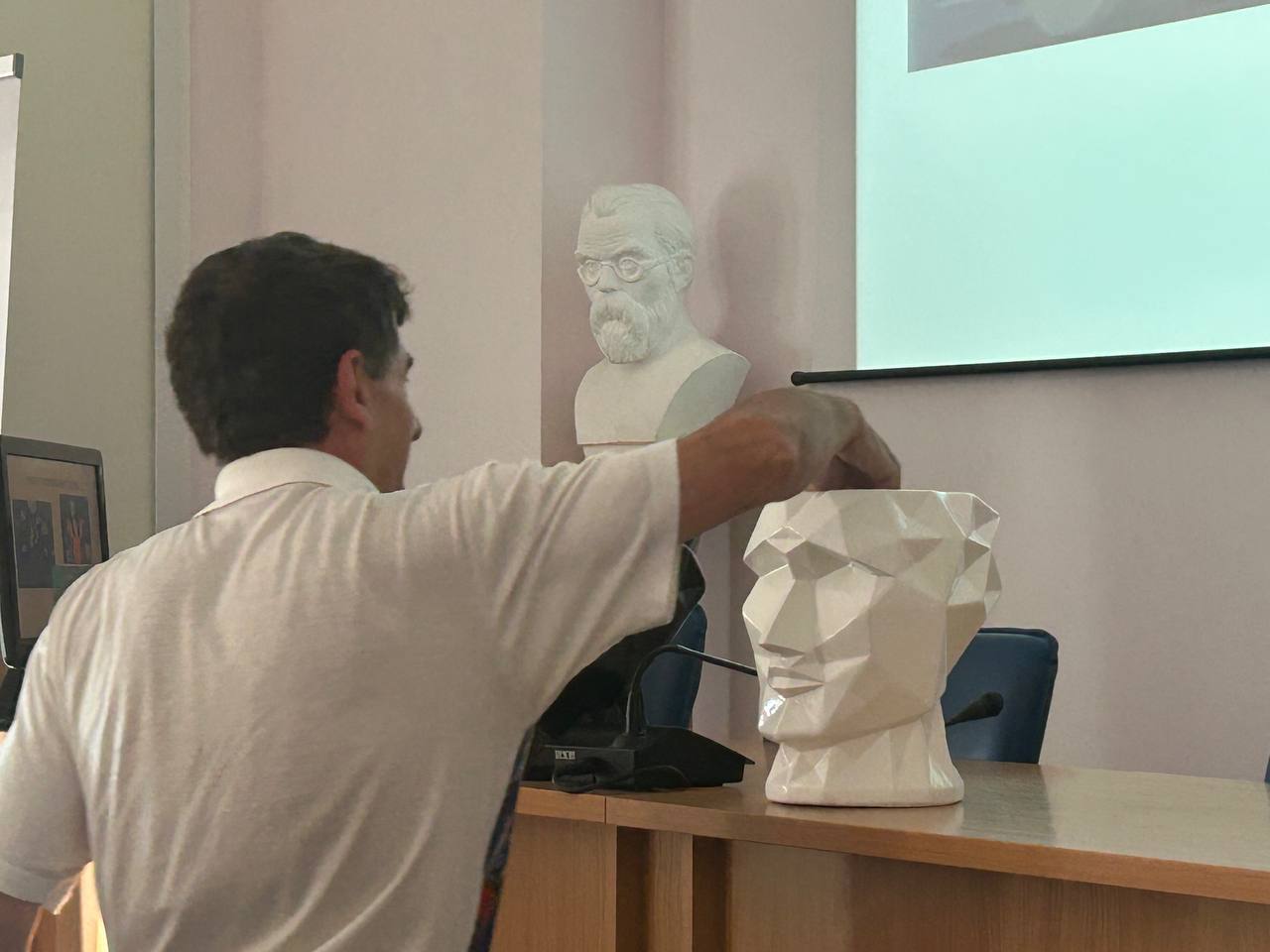
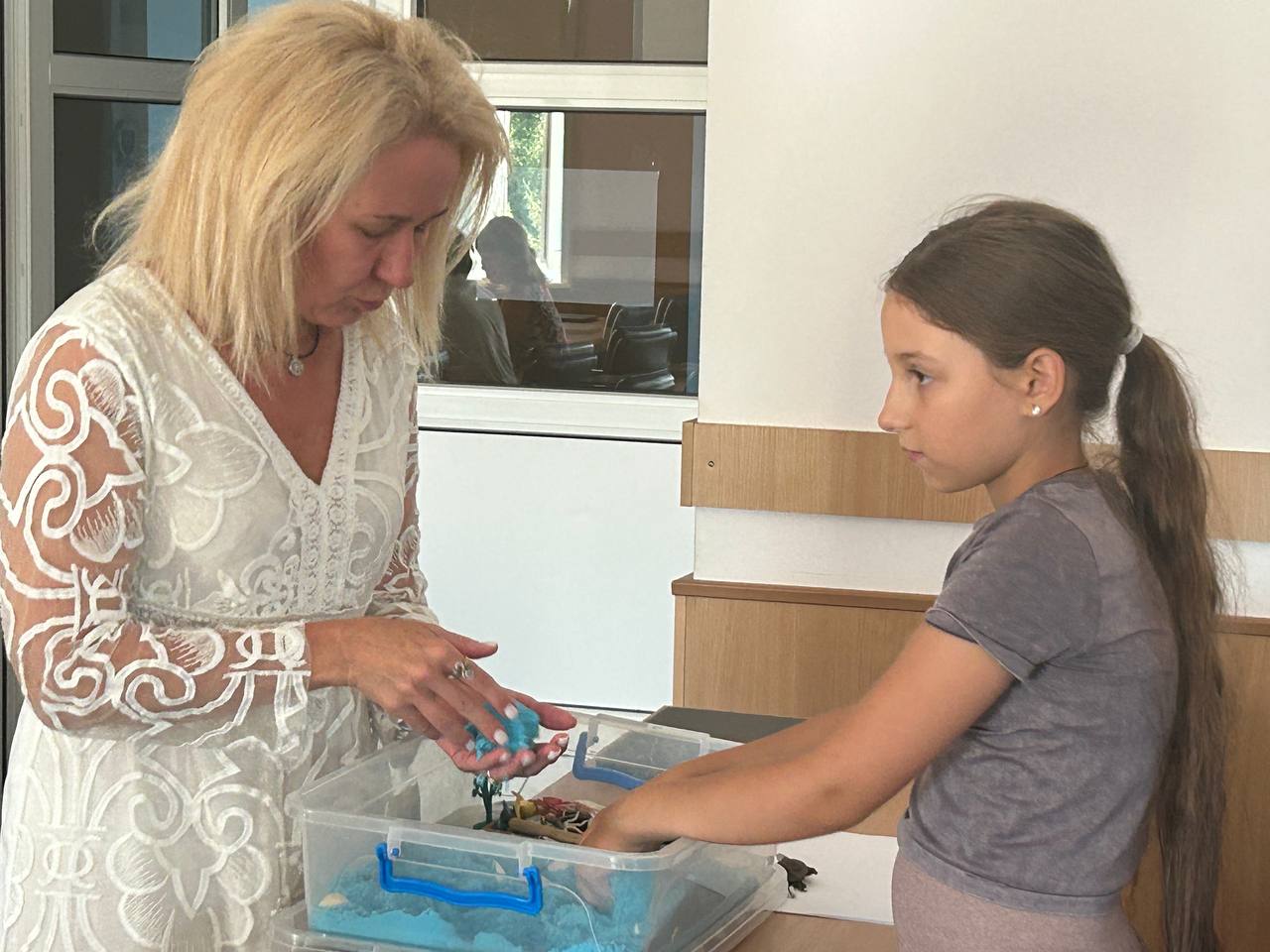
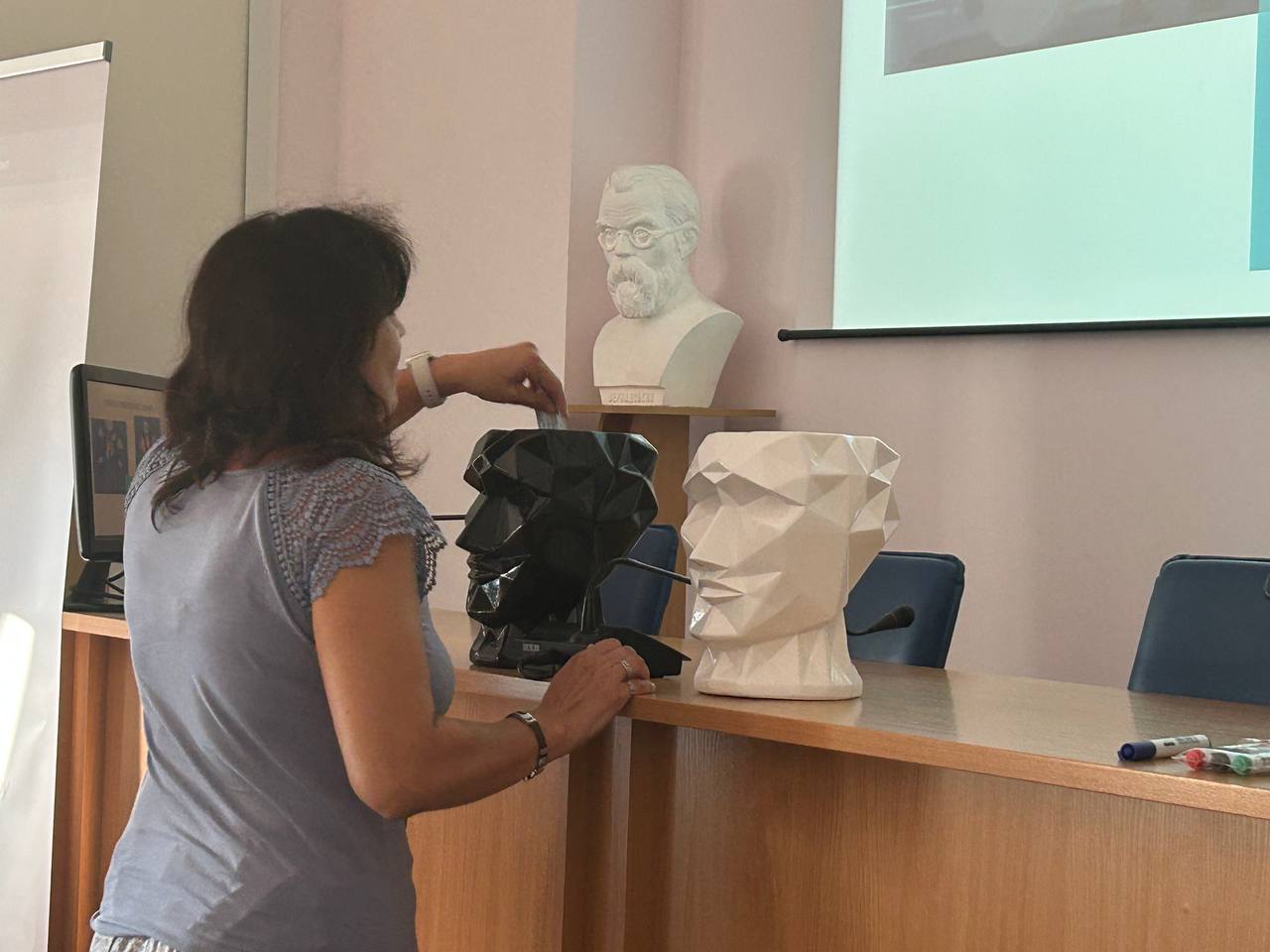
Poltava Polytechnic, thanks to the project's international partners, continues to create this vitally important space for healing. New meetings are ahead, because creativity is a step towards recovery even in the darkest times.
As a reminder, faculty members of Poltava Polytechnic are eligible to participate in academic mobility and internship programs. Students can study abroad through Erasmus+ credit academic mobility grant programs for a semester or a full academic year at leading universities in Austria, Greenland, Denmark, Estonia, Finland, France, Germany, Greece, Ireland, Italy, Latvia, Lithuania, Luxembourg, the Netherlands, Norway, Poland, Portugal, Romania, Slovakia, Spain, Sweden, and the Czech Republic.
For more detailed information on current internship, teaching, and academic mobility programs abroad, please get in touch with the International Relations Office (office 213-C, interoffice@nupp.edu.ua) or the coordinator of international activities at the National University “Yuri Kondratyuk Poltava Polytechnic” – Anna Pavelieva, Ph.D. in Philology, Associate Professor of the Department of Germanic Philology and Translation (email: kunsite.zi@gmail.com, phone: +38-(095)-91-08-192).
Media Centre of
National University “Yuri Kondratyuk Poltava Polytechnic”



